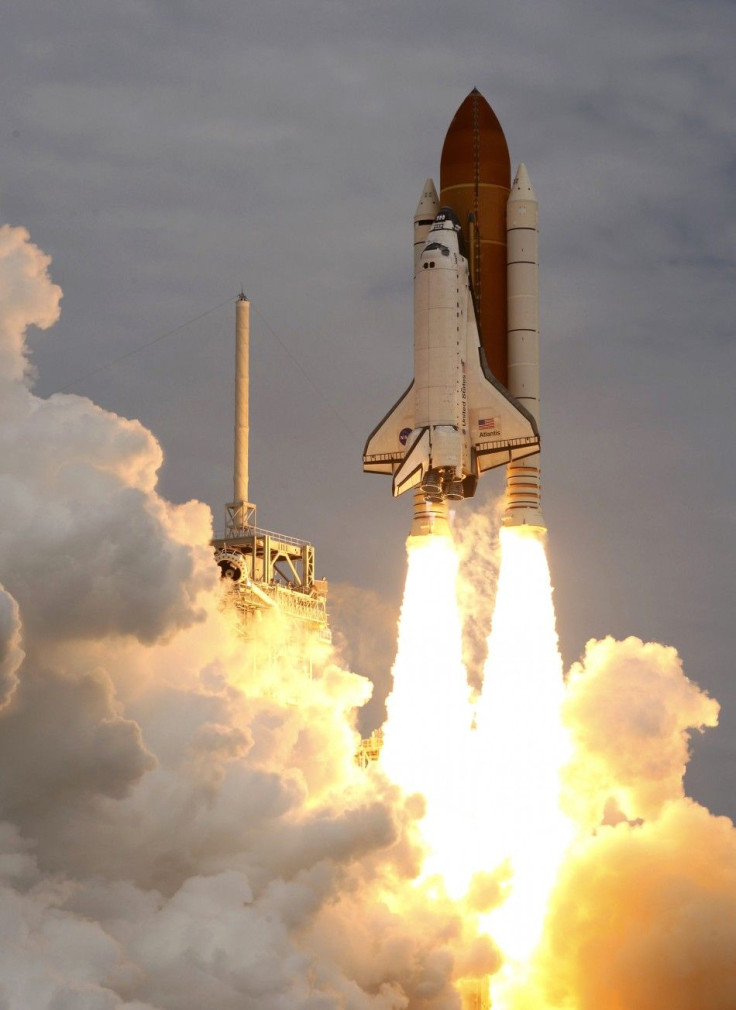Top 10 NASA Inventions You Use Everyday

In NASA's 50-year history, it has not only advanced space research but also benefited all people with its space technology. Even though most people today will never set foot on the moon, nearly everybody today comes into contact with a NASA technology-derived product on a daily basis. Here are the top 10 NASA inventions you might use everyday, reported by Curiosity.com.
1. Water filter
Astronauts need a way to cleanse water they take up to space. Water filtering technology existed since the early 1950s, but NASA wanted to find a way to clean water in more extreme conditions and keep it clean for longer periods of time. The charcoal inside water filters today is specially activated and contains silver ions that neutralize pathogens in the water.
2. Cordless tools
Although Black&Decker had already invented the first battery-powered tools in 1961, NASA related research helped refine the technology that led to lightweight, cordless medical instruments, hand-held vacuum cleaners and other tools. In the mid 1960s, to prepare for the Apollo missions to the moon, NASA needed a tool that astronauts could use to obtain samples of rocks and soil. The drill had to be lightweight, compact and powerful enough to dig deep into the surface of the moon. Therefore, NASA and Black&Decker invented a battery-powered, magnet-motor drill.
3. Safety grooving
Safety grooving was first experimented with at NASA's Langely Research Center in the 1960s as a way to improve safety for aircraft taking off on wet runways. Once people realized how well it worked, transportation engineers began applying the same techniques to highways. According to NASA, safety grooving has reduced highway accidents by 85 percent.
4. Adjustable smoke detector
Skylab was the first U.S. space station, and the astronauts would need to know if a fire had started or if noxious gases were loose in the vehicle. Teaming up with Honeywell Corporation, NASA invented the first adjustable smoke detector with different sensitivity levels to prevent false alarms.
5. Long distance telecommunications
Before humans were sent into space, NASA built satellites that could communicate with people on the ground about what outer space was like. Using similar satellite technology, around 200 communication satellites orbit the globe each day. These satellites send and receive messages that allow us to call our friends in Beijing when we're in Boston. NASA monitors the locations and health of many of these satellites to ensure that we can continue to talk to people around the corner or overseas.
6. Shoe insoles
The space suit designed for the Apollo missions included specially-made boots that put a spring in astronaut's steps while providing ventilation. Athletic shoe companies have taken this technology and adopted it to construct better shoes that lessen the impact on your feet and legs.
7. Ear thermometer
Together with NASA's Jet Propulsion Lab, Dialek company invented an infrared sensor that serves as the thermometer. Aural thermometers with these infrared sensors take your temperature by measuring the amount of energy your eardrum gives off into the ear canal. Since the eardrum is inside our bodies, it acts as an accurate sensor for the energy, or heat, inside of our bodies that increases when we get sick. Hospital models can perform a temperature reading in less than two seconds.
8. Memory foam
The open cell polyurethane-silicon plastic was created for use in NASA aircraft seats to lessen impact during landings. The plastic has a unique property that allows it to evenly distribute the weight and pressure on top of it, which provides shock absorbency. Even after being compressed to 10 percent of its size, the memory foam will return to its original shape. Some private and commercial planes now feature the foam in seats as well.
9. Scratch resistant lenses
Because of dirt and particles found in space environments, NASA needed a special coating to protect space equipment, particularly astronaut helmet visors. Recognizing an opportunity, the Foster-Grant sunglasses manufacturer licensed the NASA technology for its products. The special plastics coating made its sunglasses ten times more scratch-resistant than uncoated plastics.
10. Invisible braces
Invisible braces are made of translucent polycrystalline alumina (TPA). A company called Ceradyne developed TPA in conjunction with NASA Advanced Ceramics Research to protect the infrared antennae of heat-seeking missile trackers. In the meantime, another company, Unitek, was working on a new design for dental braces -- a design that would be more aesthetically pleasing and would not have the shiny metallic factor. It discovered that TPA would be strong enough to withstand use and is translucent, making it a prime material for invisible braces. Because of their instant popularity, invisible braces are one of the most successful products in the orthodontic industry.
© Copyright IBTimes 2025. All rights reserved.





















